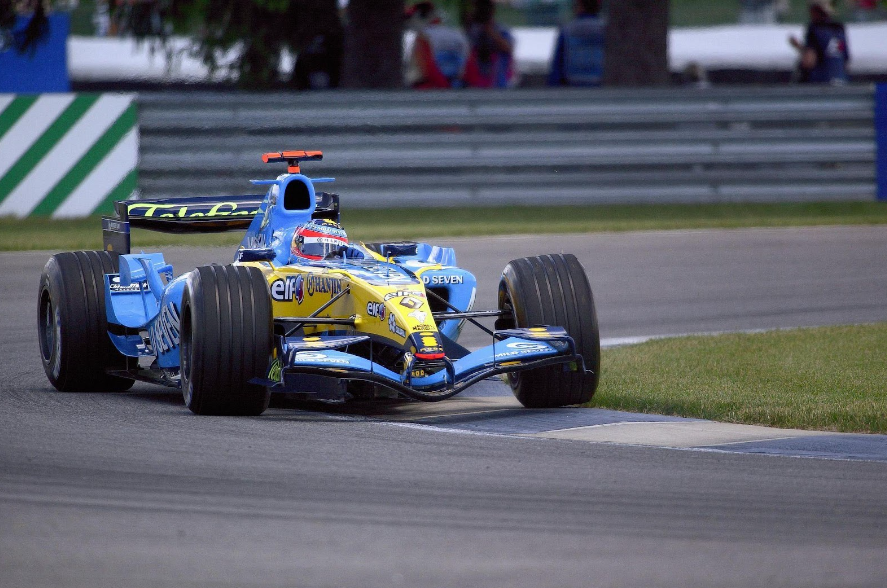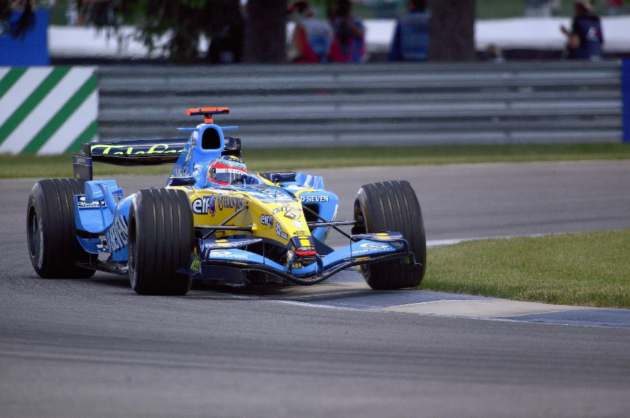
The dynamic interplay between Formula 1 innovations and road car technology exemplifies a symbiotic relationship that has propelled automotive engineering to new heights. From the racetrack to the freeway, the technological advancements pioneered in the high-octane world of Formula 1 have found their way into the vehicles we use for our daily commutes.
Table of Contents
- 1 Bridging Two Worlds: Direct and Indirect Technology Transfer
- 2 The Advent of Active Aerodynamics and Regenerative Braking
- 3 The Evolution of Material Science: Carbon Fiber
- 4 Revolutionizing Road Safety: Traction Control and Biometric Monitoring
- 5 Pioneering Sustainable Automotive Technologies
- 6 Final Thoughts
Bridging Two Worlds: Direct and Indirect Technology Transfer
At the heart of this technological exchange is a blend of direct and indirect transfers that enrich both spheres. For instance, brands like Mercedes, Ferrari, and McLaren have used their Formula 1 experience to inject cutting-edge innovations into their road vehicles.
The transition of technology from racing circuits to consumer automobiles involves a nuanced process. Formula 1’s rapid pace of development serves as a research laboratory for testing and refining new solutions.
The Advent of Active Aerodynamics and Regenerative Braking
The introduction of active aerodynamics and regenerative braking systems from the high-speed world of Formula 1 into road cars marks a significant leap in automotive technology, enhancing both performance and environmental sustainability. Active aerodynamics, epitomized by adjustable rear wings and grille shutters, are borrowed directly from Formula 1 engineering. These features allow for the dynamic adjustment of a vehicle’s aerodynamic profile, optimizing it for different speeds and driving conditions.
Active aerodynamics contribute significantly to improved fuel efficiency and performance by reducing aerodynamic drag at high speeds. Initially designed to give Formula 1 cars a competitive edge during high-speed races, this technology now benefits a wide range of road vehicles, from high-performance sports cars to more practical daily drivers.
Regenerative braking represents another pivotal technology that transitioned from the racetrack to the public road, offering a blend of efficiency and sustainability. Originating from Formula 1’s Kinetic Energy Recovery System (KERS), regenerative braking captures the kinetic energy typically lost during braking and converts it into electrical energy, which can then be used to recharge the vehicle’s battery. It enhances the energy efficiency of hybrid and electric vehicles and extends their driving range.
The widespread adoption of regenerative braking in consumer vehicles underscores the tangible benefits of racing technology in everyday driving scenarios.
Formula 1’s leadership in automotive technology showcases its engineering prowess and strengthens its appeal among fans globally. Moreover, the excitement surrounding Formula 1 has significantly boosted interest in sports betting, making events highly anticipated on betting platforms. As North Carolina betting apps are about to launch on March 11, a surge in traffic from Formula 1 fans eager to engage with the sport through betting is expected.
The Evolution of Material Science: Carbon Fiber
The infusion of carbon fiber into the automotive industry serves as a compelling example of Formula 1’s significant influence on enhancing vehicle performance and safety. Originally embraced within the F1 domain to decrease vehicle weight while ensuring structural integrity, carbon fiber has subsequently emerged as a prevalent material across a broad spectrum of high-performance and luxury road cars.
Beyond its role in improving vehicle dynamics through weight reduction, carbon fiber’s integration into road cars has broadened to include applications where its high stiffness and strength-to-weight ratio are paramount. Whether it’s in the creation of sleek, aerodynamic body panels or the construction of rigid yet lightweight chassis components, carbon fiber’s application extends beyond mere aesthetics to enhance the driving experience fundamentally
Revolutionizing Road Safety: Traction Control and Biometric Monitoring
The evolution of road safety technologies has been significantly influenced by innovations originally developed for the high-speed, high-stakes environment of Formula 1 racing.
Traction control systems, a hallmark of this transfer, were first engineered to manage the immense power of F1 cars, ensuring they remained stable and responsive at speeds and in conditions beyond everyday driving. They prevent wheel spin under acceleration by automatically adjusting the power output and have become a standard feature in modern vehicles, markedly reducing the risk of skids and loss of control on slippery surfaces.
Parallel to the advancements in vehicle dynamics, Formula 1 has pioneered the use of biometric monitoring to safeguard the well-being of its drivers. By outfitting drivers with sensors that track heart rate, body temperature, and other vital signs, teams can monitor their physical condition in real-time, making adjustments or preparing interventions as necessary.
Pioneering Sustainable Automotive Technologies
Formula 1’s focus on sustainability has led to the development of eco-friendly technologies that are gradually being incorporated into road cars. The sport’s commitment to hybrid powertrains and energy recovery systems, such as regenerative braking, has paved the way for the emergence of more sustainable vehicles on public roads.
Formula 1’s ambitious goal to achieve net-zero carbon emissions by 2030 further signifies its role in promoting environmental stewardship within the automotive industry.
Final Thoughts
The transition of technologies from Formula 1 to road cars exemplifies a remarkable journey of innovation and cross-pollination. By harnessing the lessons learned on the racetrack, automotive manufacturers have significantly enhanced road vehicles’ performance, safety, and sustainability. As we look to the future, the continuous flow of ideas between Formula 1 and the automotive industry promises to bring even more exciting developments to the world of transportation.
